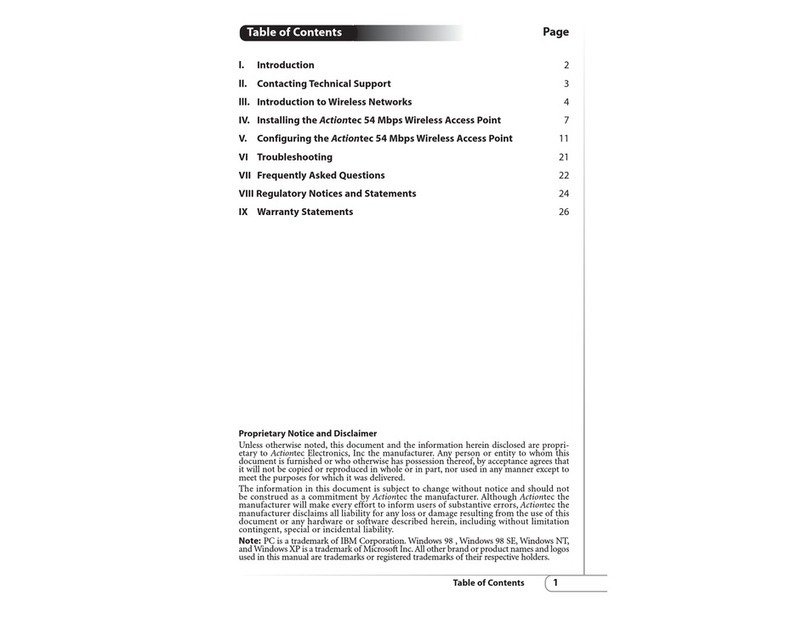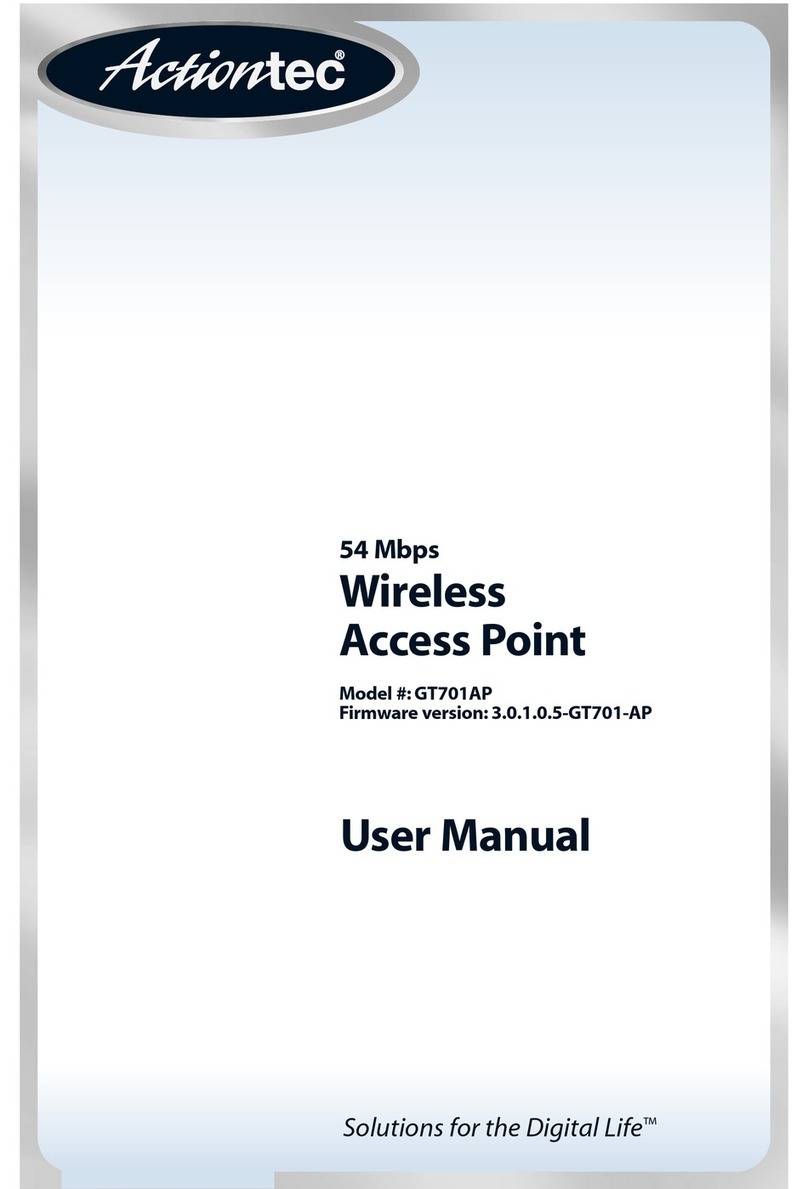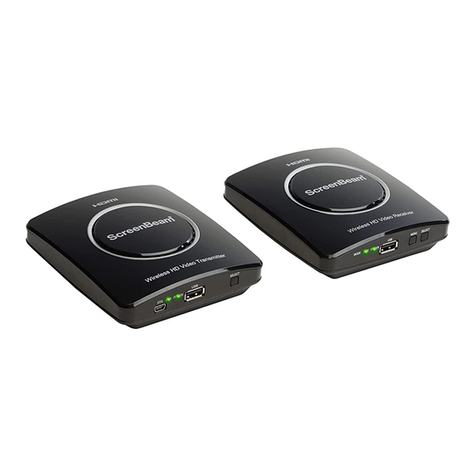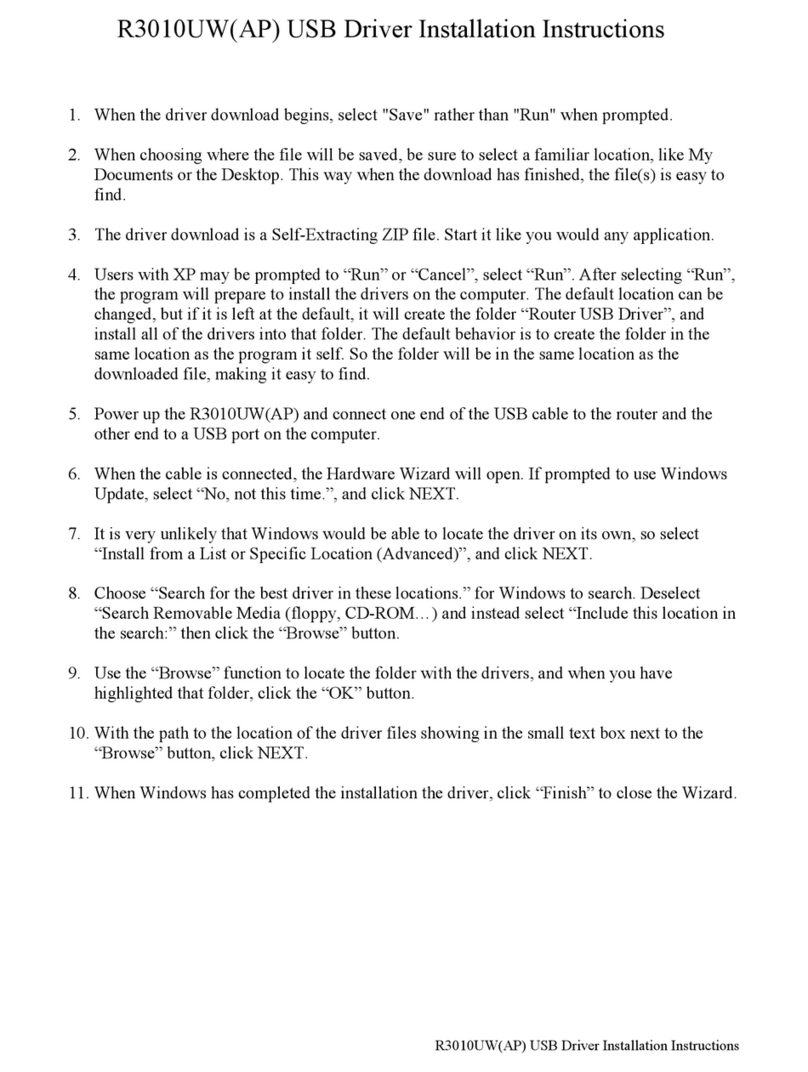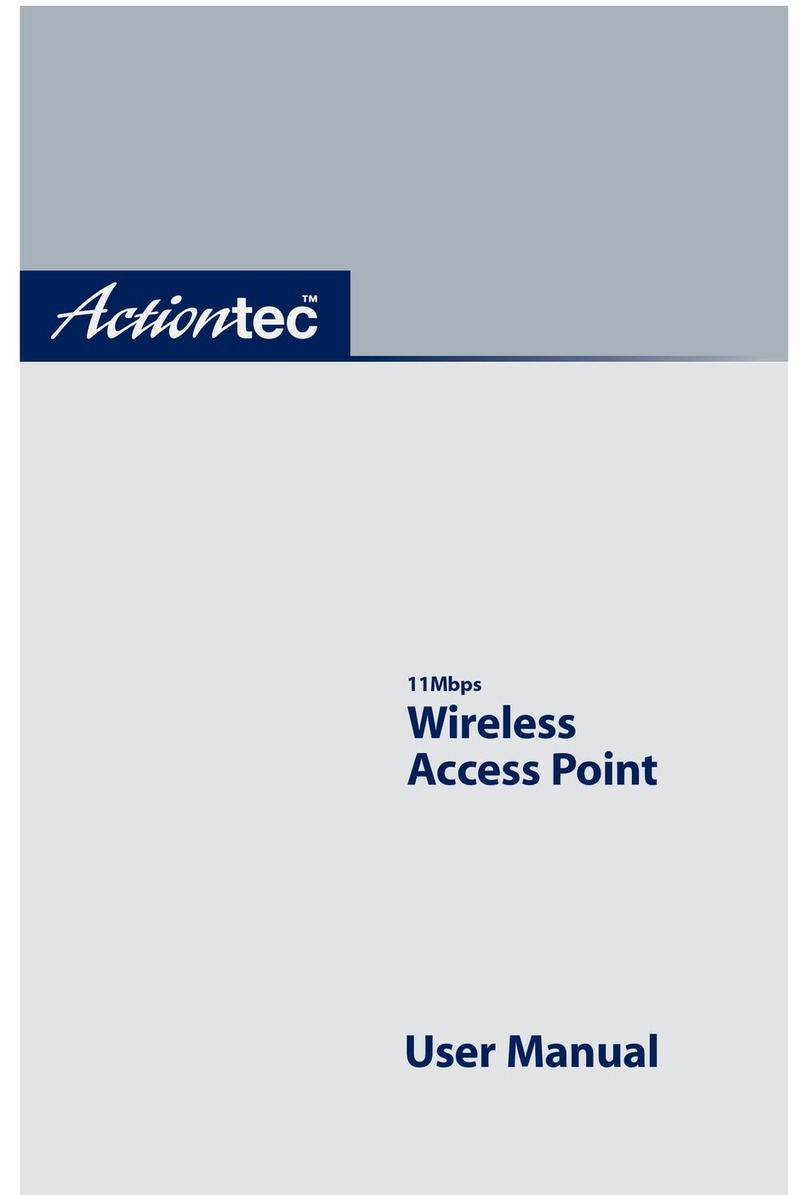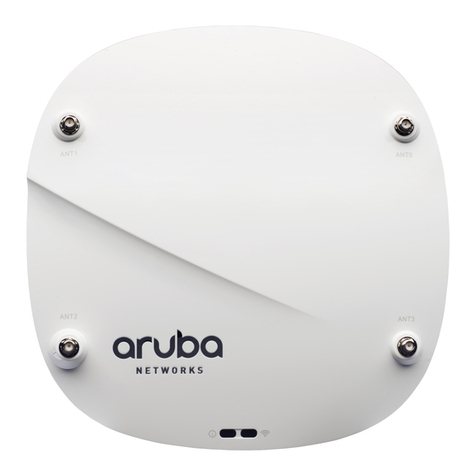
PRELIMINARY
Actiontec Electronics, Inc. COMPANY CONFIDENTIAL
If you are using an Actiontec Evaluation Kit, you may receive a subset of these
documents.
d.Regulatory Compliance Information
This section contains Regulatory Compliance Information for the AP.
i. Radio Frequency Interference Requirements
This device is restricted to indoor use due to its operation in the 5.15 to 5.25 GHz
frequency range. FCC regulations require this product to be used indoors to
reduce the potential for harmful interference.
High power radars are allocated as primary users of the 5.25 to 5.35 GHz and 5.65
to 5.85 GHz bands. These radar stations can cause interference with and/or
damage to this device.
ii. FCC Warning
This equipment has been tested and found to comply with the limits for a Class B
digital device, pursuant to Part 15 of the FCC Rules., as well as ICES 003 B/ NMB
003 B. Operation is subject to the following two conditions: (1) this device may
not cause harmful interference, and (2) this device must accept any interference
received, including interference that may cause undesirable operation.
If this equipment does cause harmful interference to radio or television reception,
which can be determined by turning the equipment off and on, the user is
encouraged to try to correct the interference by one or more of the following
measures:
11. Reorient or relocate the radio/TV receiving antenna.
12. Increase the separation between the equipment and the radio/TV receiver.
13. Connect the equipment into an outlet on a circuit different from that which
the radio/TV receiver is connected.
14. Consult the dealer or an experienced radio/TV technician for help.
Modifications made to the product, unless expressly approved by Actiontec
Electronics, Inc., could void the user’s authority to operate the equipment.


